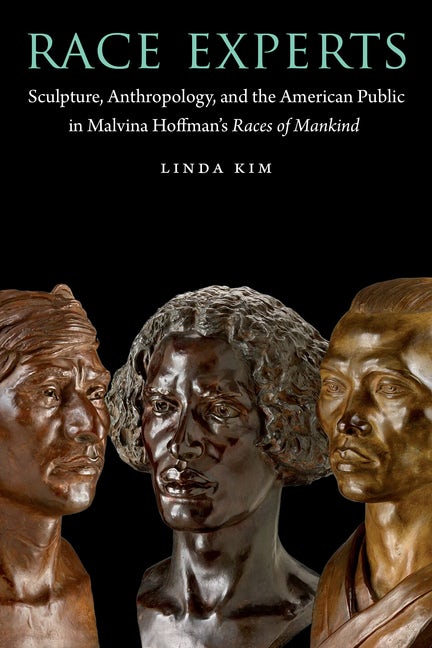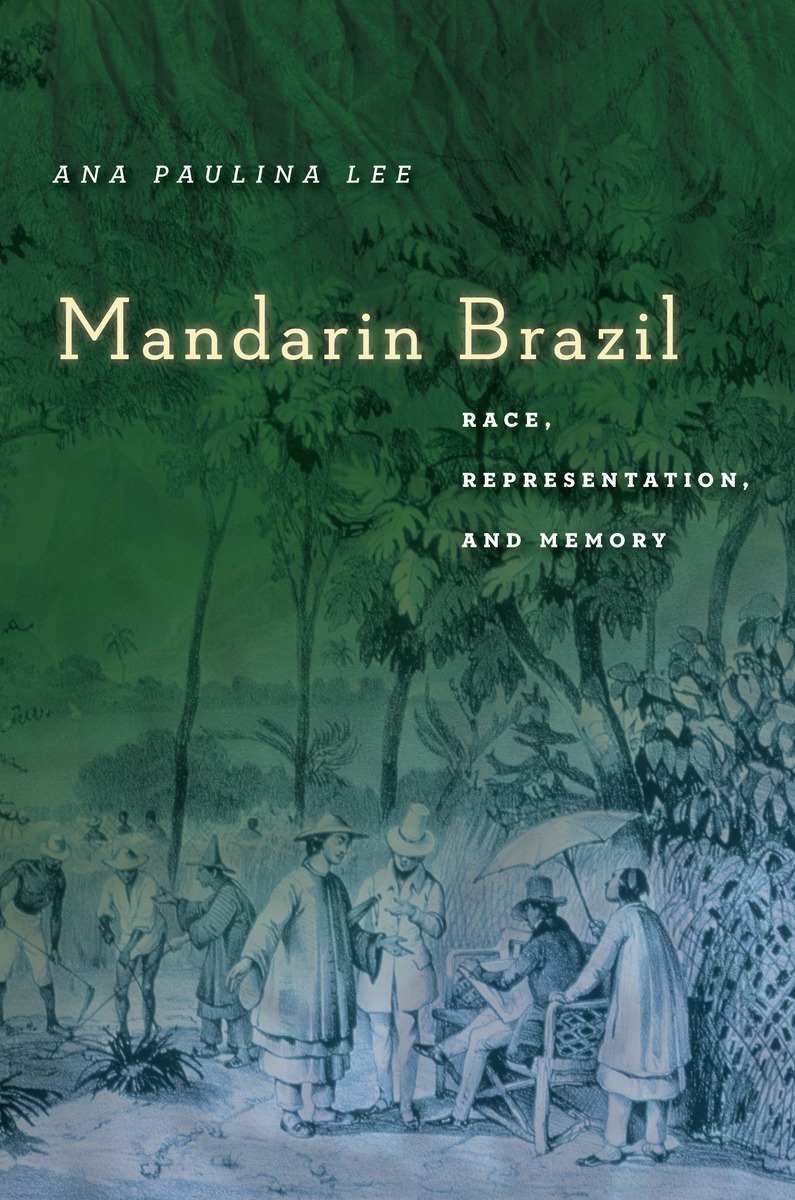Race Experts: Sculpture, Anthropology, and the American Public in Malvina Hoffman’s Races of MankindPosted in Anthropology, Arts, Books, Health/Medicine/Genetics, Literary/Artistic Criticism, Media Archive, Monographs, United States on 2018-10-15 02:17Z by Steven |
Race Experts: Sculpture, Anthropology, and the American Public in Malvina Hoffman’s Races of Mankind
University of Nebraska Press
August 2018
420 pages
86 illustrations
Hardcover ISBN: 978-1-4962-0185-0
eBook (PDF) ISBN: 978-1-4962-0805-7
eBook (EPUB) ISBN: 978-1-4962-0803-3
Linda Kim, Associate Professor of American and Modern Art History
Westphal College of Media Arts & Design
Drexel University, Philadelphia, Pennsylvania
In Race Experts Linda Kim examines the complicated and ambivalent role played by sculptor Malvina Hoffman in The Races of Mankind series created for the Chicago Field Museum in 1930. Although Hoffman had training in fine arts and was a protégé of Auguste Rodin and Ivan Meštrović, she had no background in anthropology or museum exhibits. She was nonetheless commissioned by the Field Museum to make a series of life-size sculptures for the museum’s new racial exhibition, which became the largest exhibit on race ever installed in a museum and one of the largest sculptural commissions ever undertaken by a single artist.
Hoffman’s Races of Mankind exhibit was realized as a series of 104 bronzes of racial types from around the world, a unique visual mediation between anthropological expertise and everyday ideas about race in interwar America. Kim explores how the artist brought scientific understandings of race and the everyday racial attitudes of museum visitors together in powerful and productive friction. The exhibition compelled the artist to incorporate not only the expertise of racial science and her own artistic training but also the popular ideas about race that ordinary Americans brought to the museum. Kim situates the Races of Mankind exhibit at the juncture of these different forms of racial expertise and examines how the sculptures represented the messy resolutions between them.
Race Experts is a compelling story of ideological contradiction and accommodation within the racial practices of American museums, artists, and audiences.







/2/m_ddsmx_22_2_56_cover.png?Expires=2147483647&Signature=xFEmbIPMLVFeljjUjs0W~JV7gZFKQUPh7SBXIqI7i7H59M6UsfPCwViN1i-HmPBZrEJ4jSbkGzi9l8yvWScA2CmJPR~smagRfrZyHDj4QTBOzEeBBBmgGYJjd0Gjlvg3y6fsm9njrDzx9u9Rr7zexyjAYFD-Wk3frLKsVO0l~uesfJ5ZWbV9bJyRDmOgPs0atnODB73oPLm-~liZYlN6-OOquIYlP9rlGEGXHB23BquD~o8nHvAeNt9b45wtAQuug6g5xULCxcyAHR1FVeCGgCalqKdzyeDe657yaIOQq-1ttm8yAruu~XRPC3A93UFQaa~TgnrNFTd-1pppyT0tSg__&Key-Pair-Id=APKAIE5G5CRDK6RD3PGA)